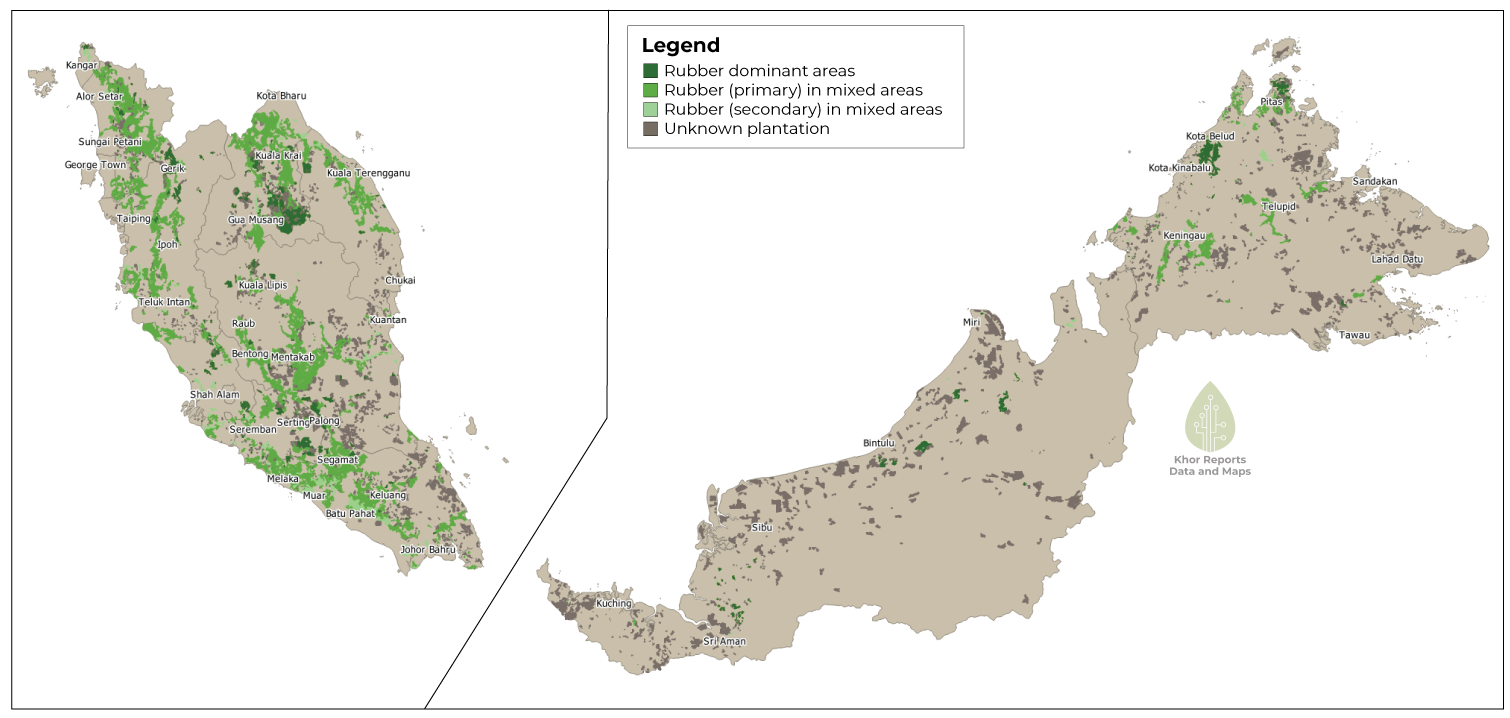PalmTrack—Update for the Week
This week in PalmTrack, we covered:
Neste's renewable ops & news: Neste Oyj of Finland has been a big mover in renewable transport fuels and has been the group to watch for quite some years now. It is worth looking at Neste’s most recent financial reporting for how its sourcing platform, expansions, and maintenance are evolving, as well as its slew of news headlines.
Tankers from Lubuk Gaung Port: PalmTrack’s sample reports over 200k net tonnage of tanker arrivals from Lubuk Gaung origin, in the four weeks leading up to 23 Jan 2022. This zone is a prominent with big refineries, oleochemical facilities, and also includes waste oil processing. Key exporters include RGE-Apical-AAA, GAR-Sinarmas, Musim Mas, and others. Port-at-calls regions are notably Europe and Malaysia-Singapore.
Tankers from Indonesia: Port calls for 10–23 Jan 2022 (14 days) count, c. 60 palm-related tankers, with sample net tonnage c. 360k (versus 14D to 9 Jan, c.70 tankers with sample net tonnage c.430k). These two weeks (10–23 Jan), the share of calls was higher for ASEAN (Malaysia, Singapore) and Americas ports. In the news, Indonesia requirement for export permits for palm oil. Indonesian used cooking oil (UCO) exporters are also concerned about new export restrictions that came into force on 24 Jan.
Khor Reports’ PalmTrack is an independent research service that tracks palm tanker movements and reports trade of palm products (and shipments, upon request) for selected trade routes. It features a forward-looking market topic and sharp analysis every quarter, e.g. palm biofuels issues & opportunities for Jan–Mar 2022. Subscribe now!






